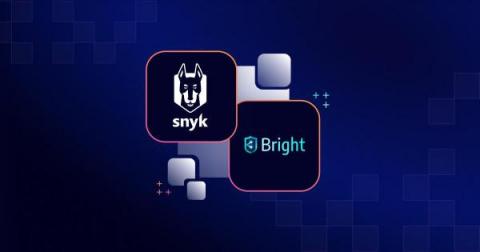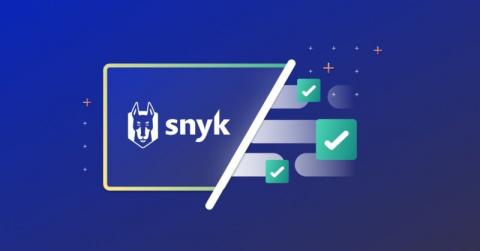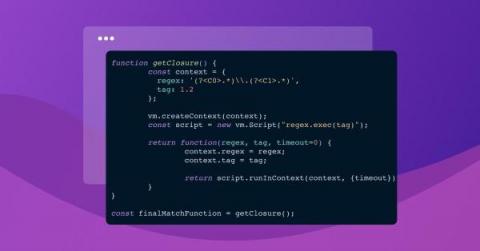Preventing Cross-Site Scripting (XSS) in Java applications with Snyk Code
Java is a powerful backend programming language that can also be used to write HTML pages for web applications. However, developers must know the potential security risks associated with Cross-Site Scripting (XSS) attacks when creating these pages. With the rise of modern templating frameworks, preventing security attacks through proper input validation and encoding techniques has become easier.











